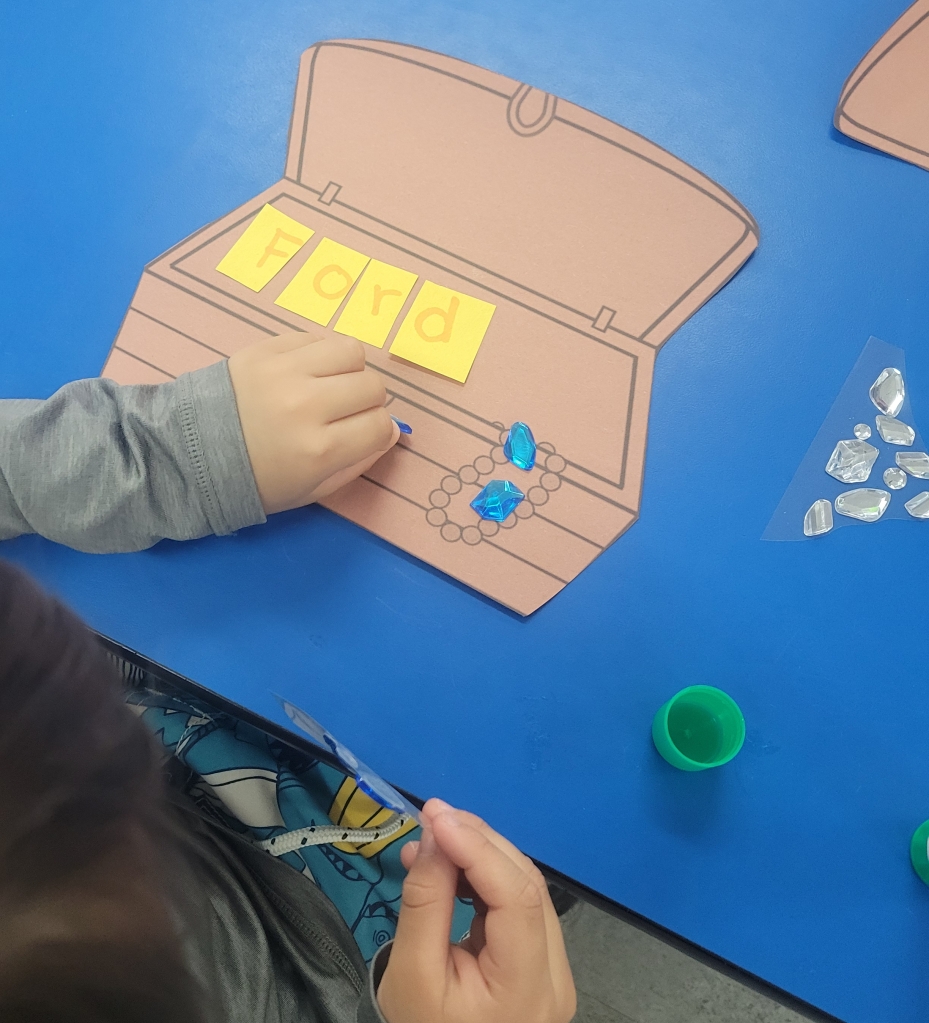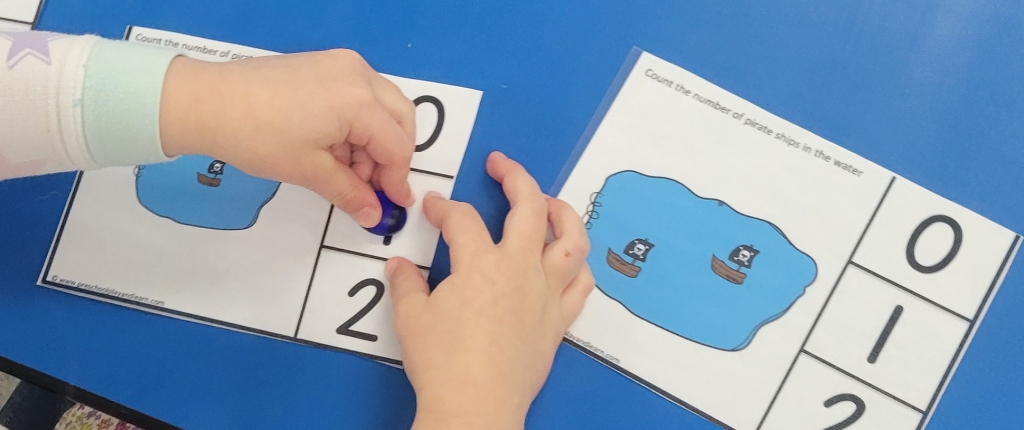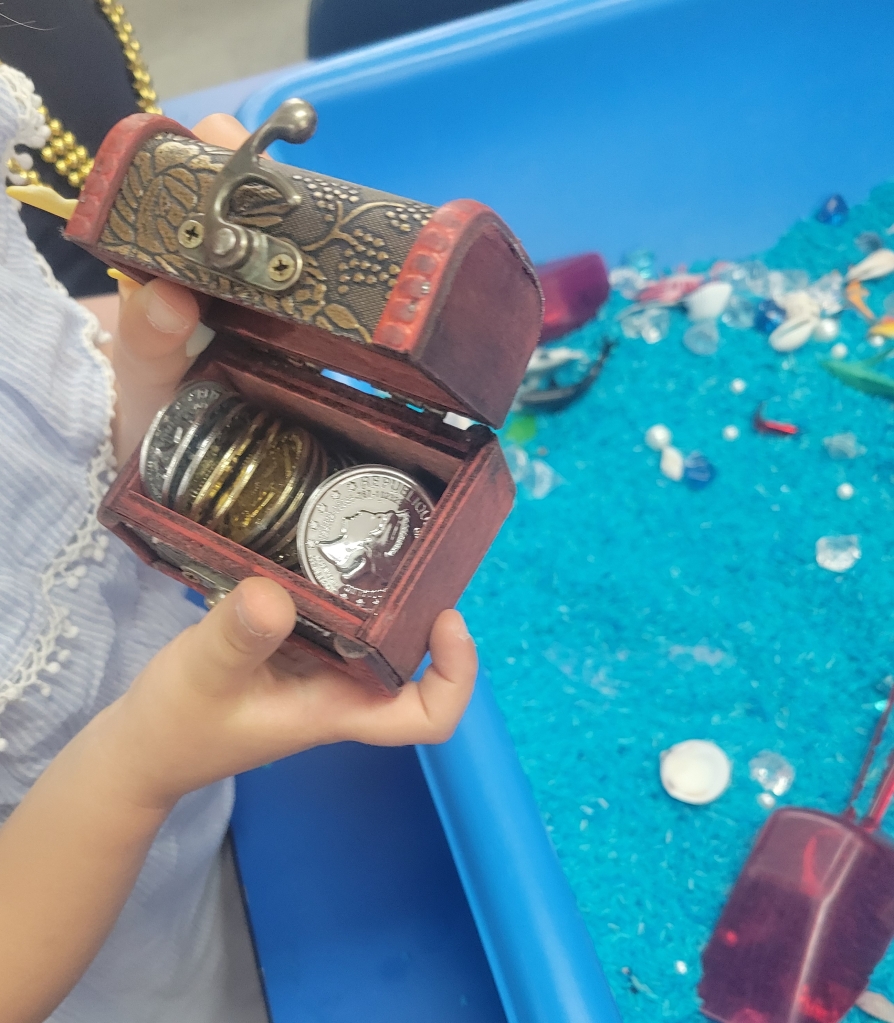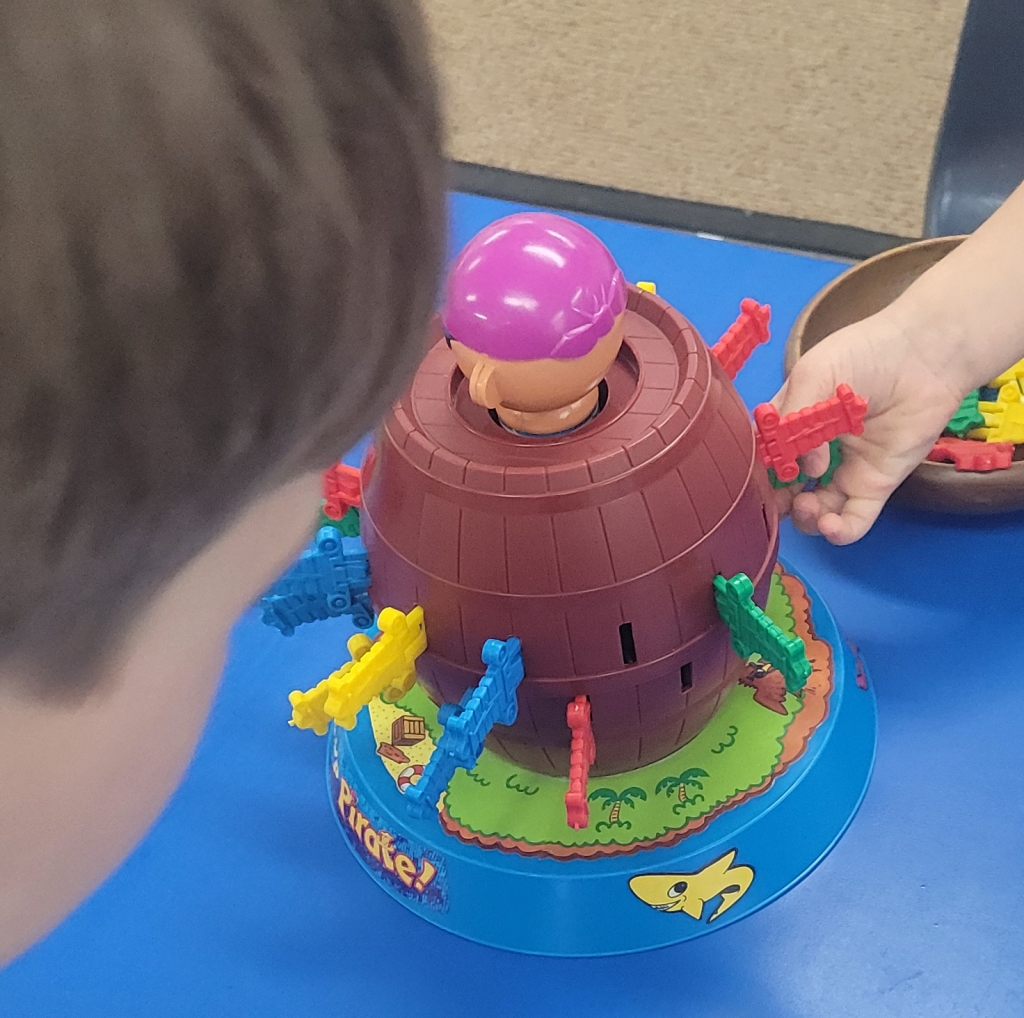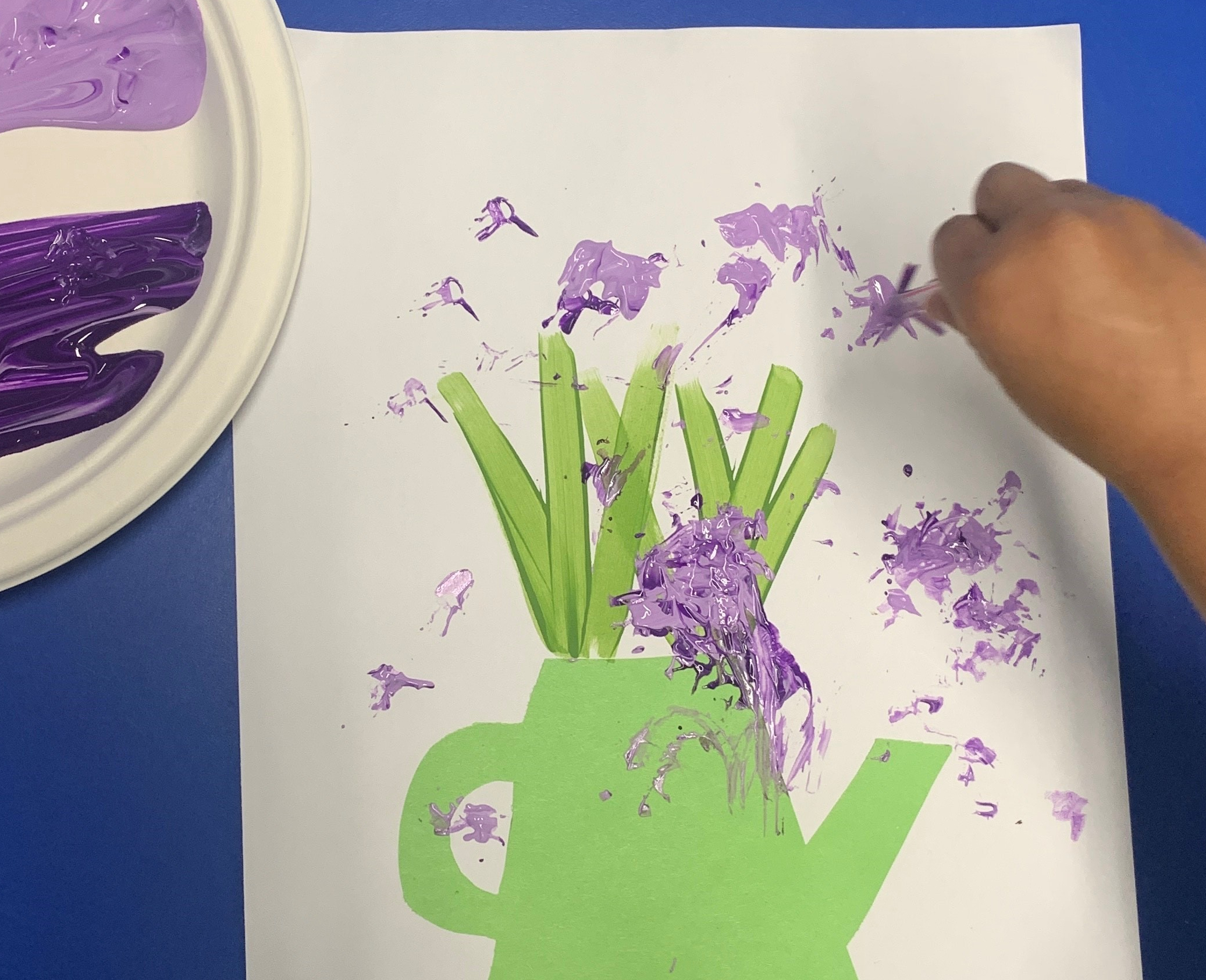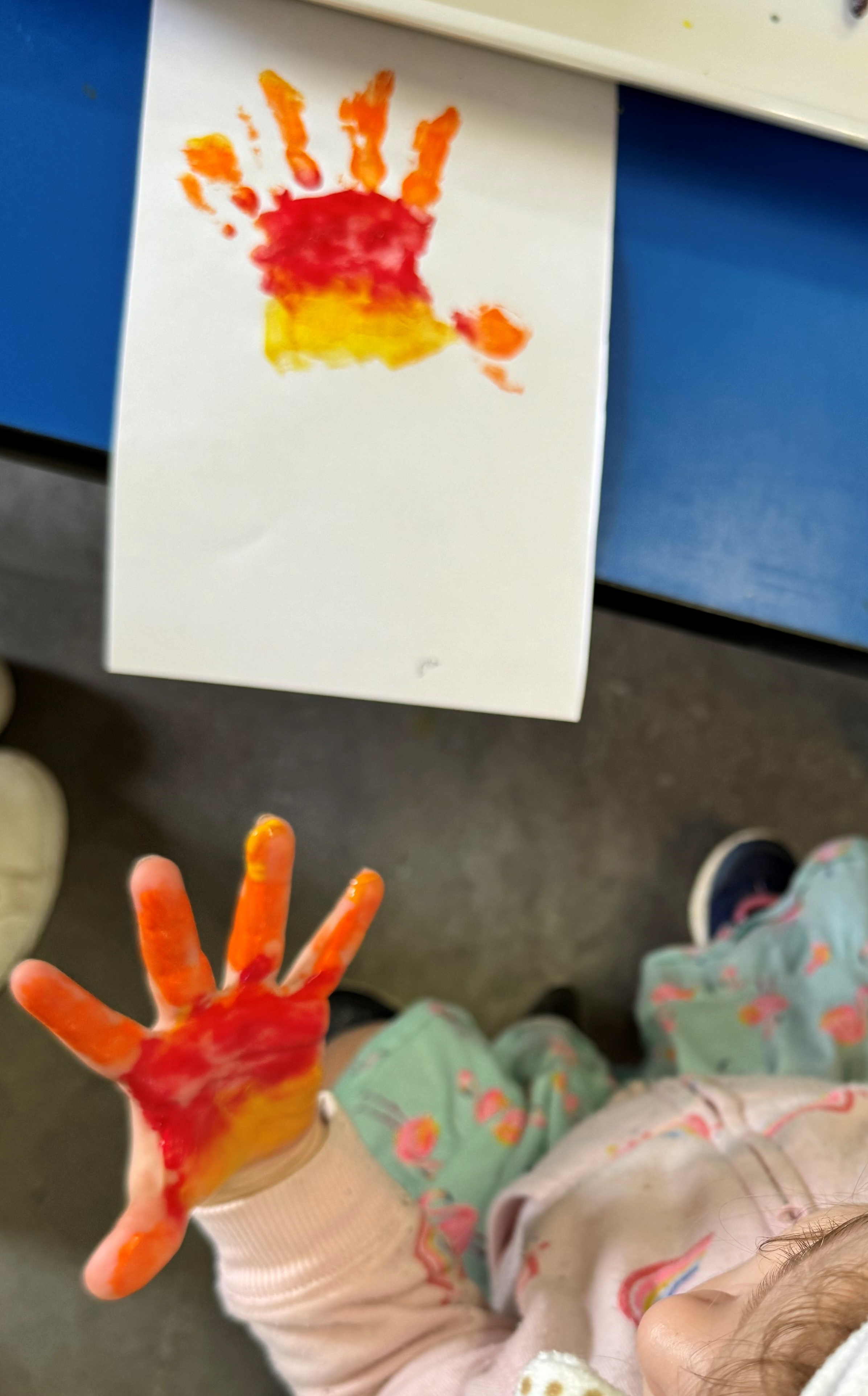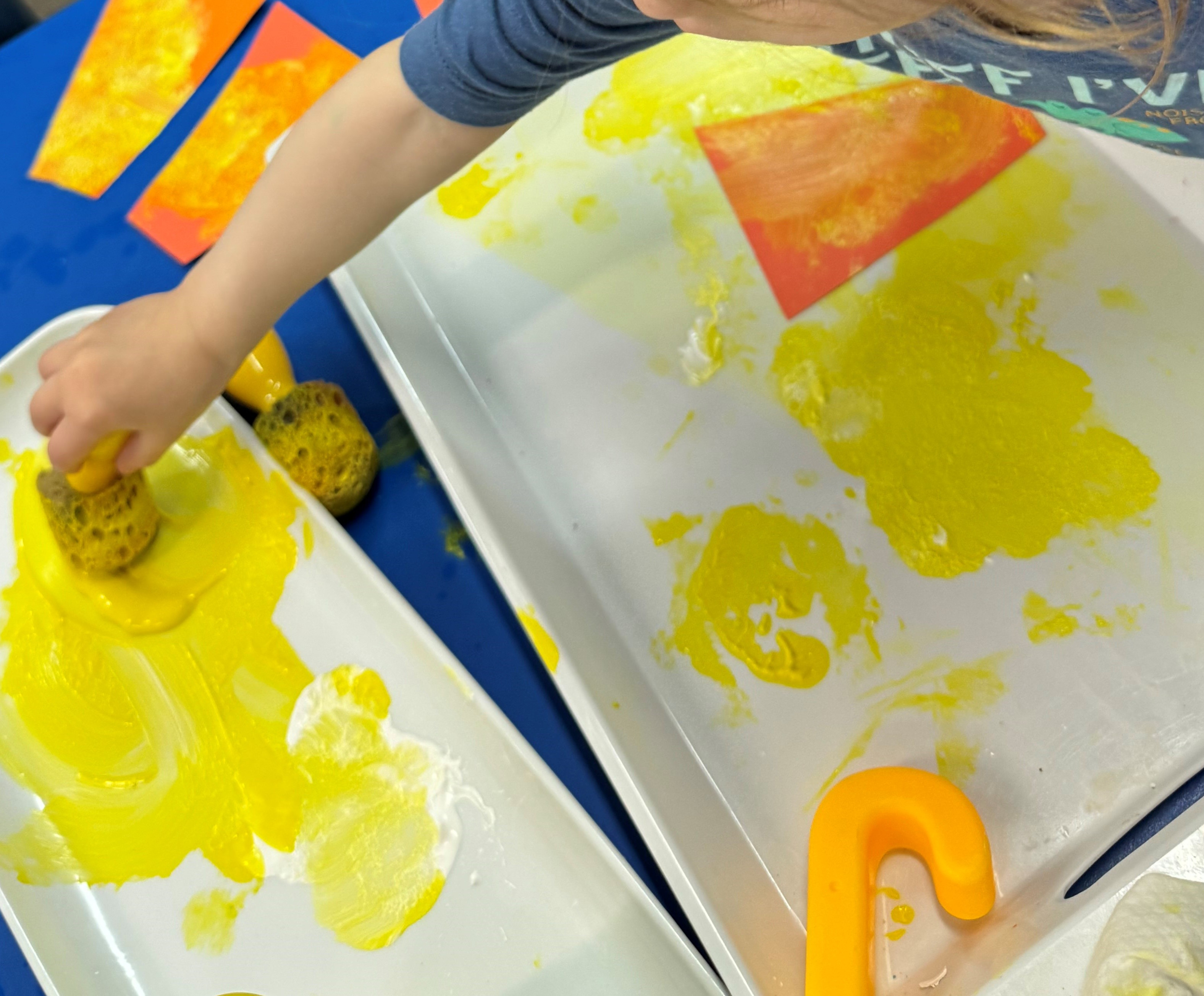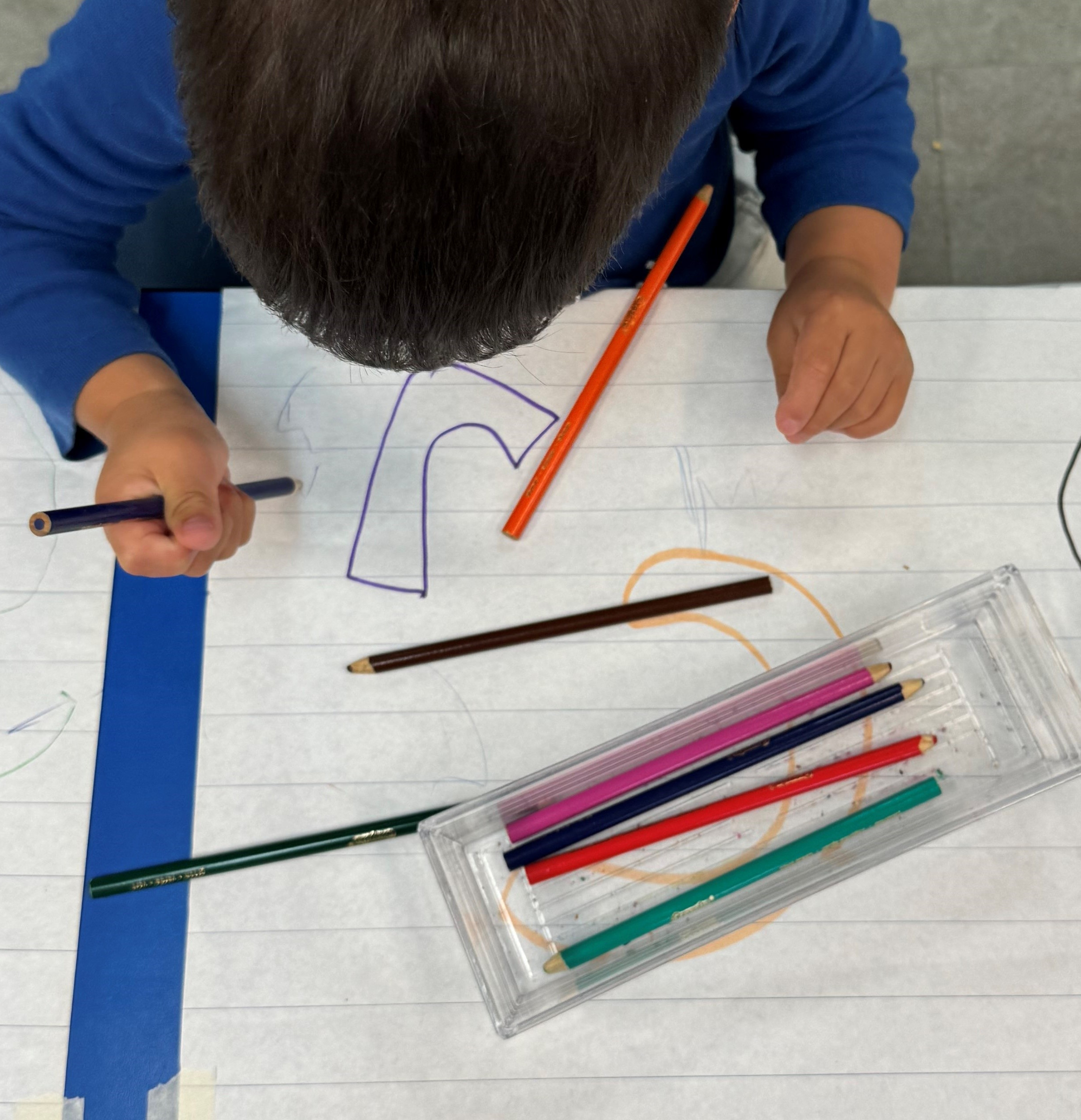Children are natural born scientists. They have a fascinating sense of wonder and curiosity about the world. Why does water and dirt make mud? Why do some things float and other things sink? Why do caterpillars make cocoons? The favourite question, why, is just their way of learning, exploring and wondering how things work. Encouraging children to explore their natural curiosity is one of the best ways for them to learn science.





Developing curiosity helps a child to be willing and able to continually grow, learn and question what is around them. It helps to develop an imagination and sense of creativity. The educators observe and listen the children’s curiosity, a question from a child could spark how the programming and classroom is set up. For example, a child asked, “why do pirates have one eye?”
How does a garden grow? Why are flowers different colours? Why do worms like the dirt?
It is important for the educators to spark interest and encourage curiosity within the classroom by providing activities and materials for the children to explore, engage with, and question. Curiosity brings excitement to life!
“The future belongs to the curious. The ones who are not afraid to try it, explore it, poke at it, question it and turn it inside out.”
The Chartwell House.






